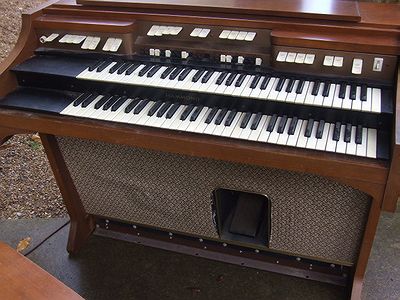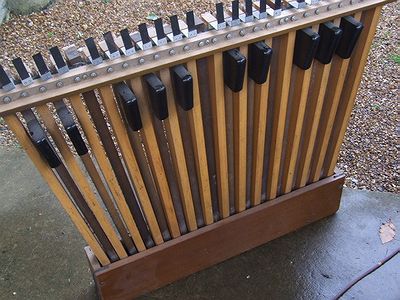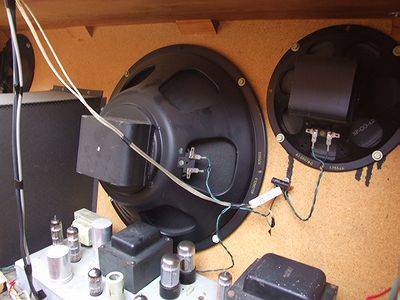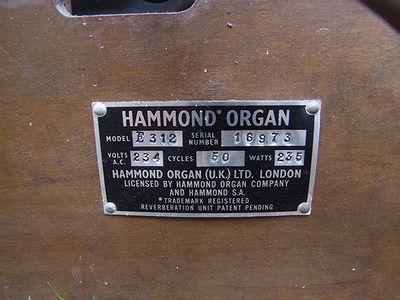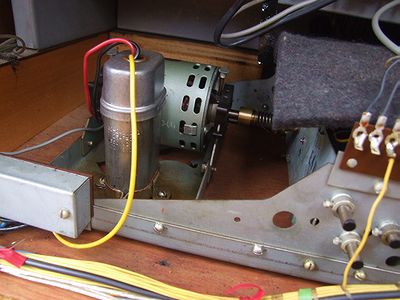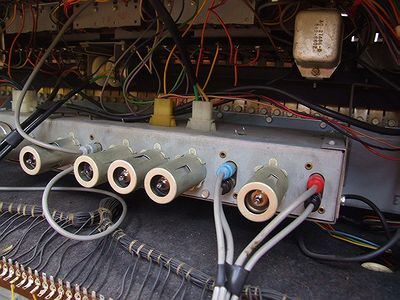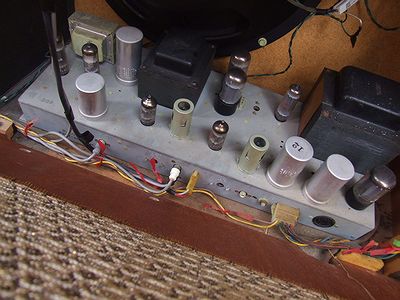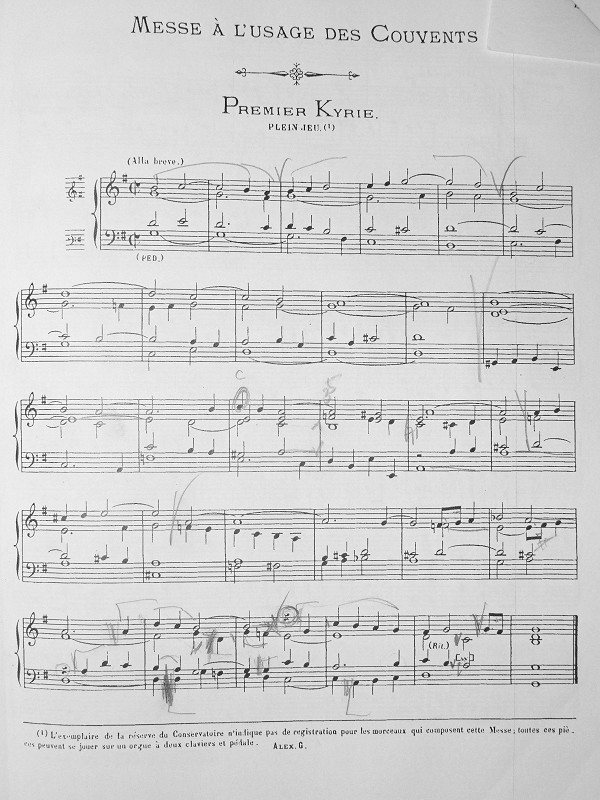Hi!
A quick perusal of Dr Burney's book was interesting as it was frustrating. I could not find any other references to current tuning in the 18th century. Can anyone track down anything else? Sorry for the quality of the photos of pages - was distinctly rushed
Best wishes
David P
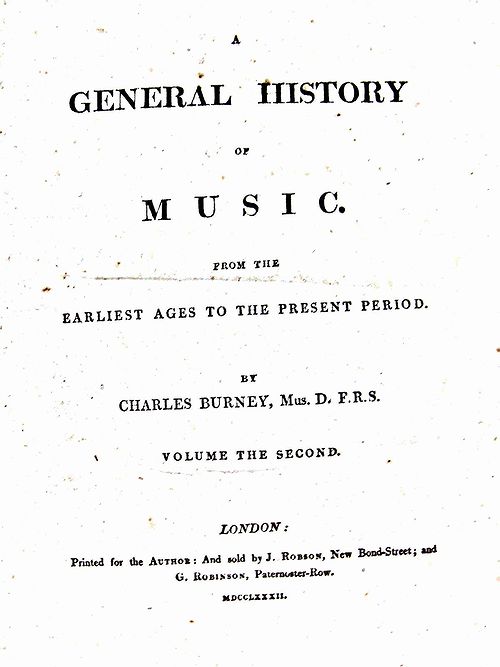












A quick perusal of Dr Burney's book was interesting as it was frustrating. I could not find any other references to current tuning in the 18th century. Can anyone track down anything else? Sorry for the quality of the photos of pages - was distinctly rushed
Best wishes
David P













